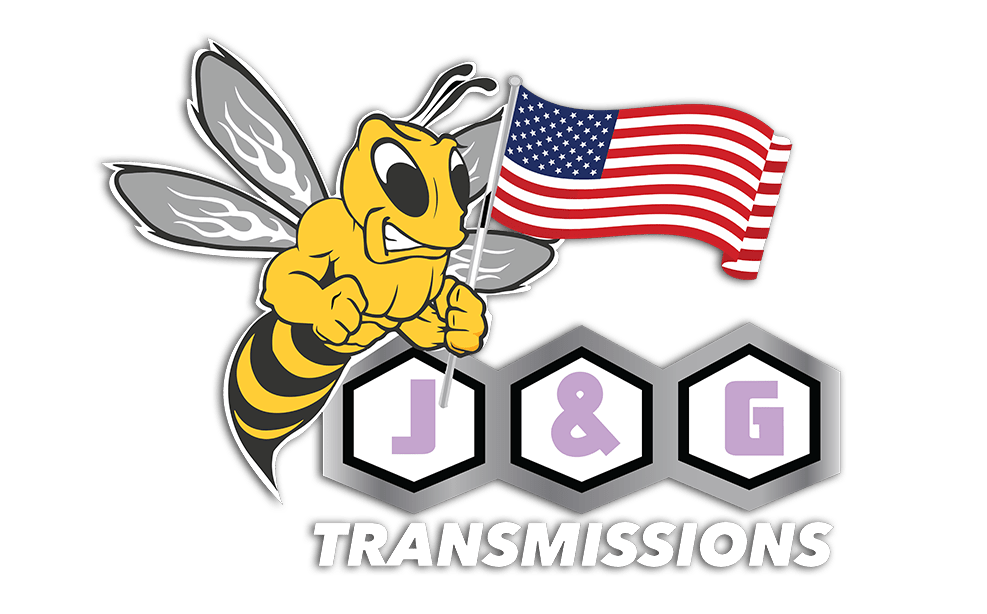When you sit behind the wheel of a manual transmission vehicle, you control more than just speed and direction. You also have the power to engage and disengage the clutch, a fundamental component that bridges the gap between the engine and the transmission. Understanding how a clutch works can give you insights into the intricate dance of gears and power transfer that makes your vehicle move smoothly.
The Basics of a Clutch
A clutch is essentially a mechanical device that connects and disconnects the engine’s power from the transmission and, subsequently, the wheels. It allows the driver to change gears and come to a complete stop without shutting off the engine. At the heart of this mechanism are two essential components: the clutch disc and the flywheel.
Clutch Disc: The clutch disc, located between the engine and the transmission, is a flat, circular plate made of friction material. It connects to the engine’s flywheel on one side and the transmission’s input shaft on the other. Pressing the clutch pedal releases pressure on the clutch disc, separating it from the flywheel and interrupting the power flow from the engine.
Flywheel: The flywheel is a heavy, smooth disc attached to the engine’s crankshaft. It stores rotational energy and maintains a consistent speed. When the clutch is engaged, the flywheel provides the necessary momentum for the engine to keep running smoothly even when the clutch is disengaged.
Working Mechanism
When you press the clutch pedal, you’re essentially pushing against a hydraulic or mechanical linkage system. This action releases the pressure on the clutch disc, which separates it from the flywheel. As a result, the power flow between the engine and the transmission is temporarily interrupted, allowing you to change gears or bring the vehicle to a stop without stalling the engine.
Changing Gears: As you shift gears, you engage different sets of teeth within the transmission. The disengagement of the clutch during this process prevents the gears from grinding against each other, ensuring a smooth transition. Once you’ve selected the desired gear, releasing the clutch pedal gradually allows the clutch disc to reconnect with the flywheel, seamlessly transferring power once again.
Smooth Control
Mastery of clutch control is essential for smooth driving in manual transmission vehicles. Engaging the clutch too quickly after shifting gears can lead to jerky movements while releasing it too slowly can cause the engine to stall. Practice and finesse are crucial to finding that sweet spot where the clutch engages smoothly and efficiently.
Conclusion
The clutch is an intricate part of a manual transmission vehicle that allows precise control over power transfer and gear changes. Its simple yet ingenious design enables smooth driving experiences, making it a crucial component for those who enjoy the art of driving. Understanding how a clutch works can deepen your appreciation for the mechanical dance happening beneath the surface as you navigate the roads with skill and confidence.
Clutch Repair
If your clutch isn’t shifting correctly or you think you may need clutch repair shop, please visit https://jandgtransmissions.com
For a helpful video on how does a clutch work? Watch https://youtu.be/devo3kdSPQY
How a Clutch Works

